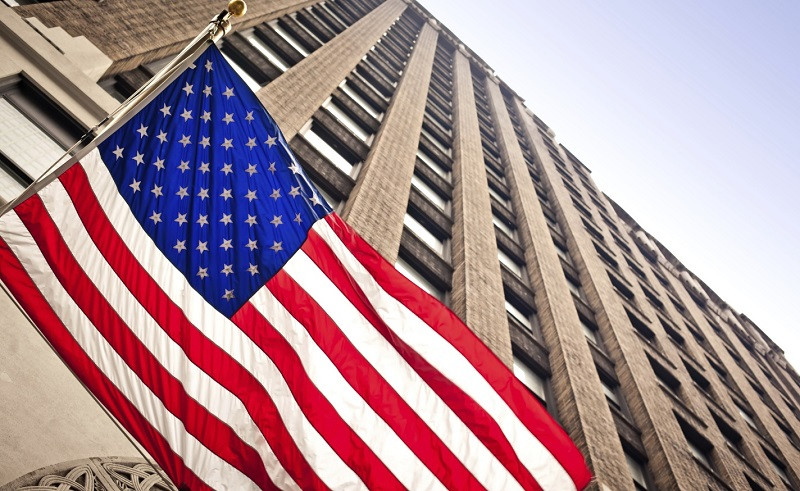
The US Department of Commerce reported a record drop in national GDP. This is due to the spread of COVID-19 and its consequences, in particular the shutdown of shops, hotels, restaurants, and enterprises. As a result, consumer spending dropped significantly and the economy collapsed by 32.9% in the second quarter. This figure exceeded all expectations. The US economy is in the deepest recession. Even years of Fed stimulus and unprecedented money printing did not save the world leader.
Moreover, many businesses turned bankrupt, which led to a sharp rise in unemployment to 14.7%. There are more and more unemployed people in the country, despite the fact that in July the unemployment rate fell to 10.2%. Millions of Americans apply for benefits every week.
This indicates a slow recovery in the labor market. At the same time, the spread of the coronavirus continues, and financial assistance from the state comes to an end.
In May, some enterprises resumed their work. This helped to avoid a disaster, significantly reducing the number of applications from a record 6.867 million. And earlier this month, the number of applications fell below 1 million for the first time since the start of the pandemic.
Jerome Powell said the US monetary policy would be softer on inflation. This will help strengthen the country's economy and support the labor market.
Central Banks of America will strive to keep the inflation rate within 2% in the long term. However, they do not exclude its growth in the future. Nevertheless, economists believe the Federal Reserve could keep short-term interest rates near zero for the next five years or even longer. This will happen after the adoption of a new strategy for the implementation of monetary policy.
Economists say that the second quarter of 2020 has been the worst quarter ever. In April - June 2020, GDP collapsed by a third, losing all economic growth since 2015. In other words, the economy has rolled back to the levels last seen five years ago.
This situation happened for the first time in history. The biggest anti-record was set in 1932, when the economy fell by 12.9%.
Such major banks as Goldman Sachs and JP Morgan warned about an imminent crisis in April. Predictions came true. The economy has been falling for two quarters in a row at a rapid pace.
None of the crises over the past hundreds of years can compare to the coronavirus crisis. Such a sharp contraction of the economy in such a short period of time has not yet been observed.
However, experts argue that the economy entered the crisis in better shape than it was in 2008. The government's stimulus will help the economic recovery. By the way, the US authorities have already allocated more than $6 trillion. However the recovery, which was expected in the third quarter, is not yet observed.
Nariman Behravesh, chief economist at IHS Markit, said that the situation is dire. Consumer activity is still low, as people avoid spending and travel amid ongoing dismissals.
Mark Zandi, chief economist at Moody's Analytics, believes it will take a long time to get out of the crisis. The Commerce Department report showed how deeply the economy had fallen.
Experts from the Swiss banking group Julius Baer warn that the number of unemployed will increase in the future amid corporate restructuring and the upcoming spike in bankruptcies.
The International Monetary Fund predicts that by the end of the year the US economy will fall by 6.6%. In addition to the pandemic, the economy is being pulled to the bottom by huge debts and the prospect of a long period of low or even negative inflation due to zero Fed rates.
The IMF also warns that in the near future Americans will face a serious deterioration in the quality of life and great economic difficulties.
On Thursday, the US stock indexes showed gains, while the US dollar fell against the basket of major currencies by 0.4% to 92.653. Treasury prices show mixed dynamics. The euro once again rose against the US dollar by 0.4% to 1.1866.





















